Gas emissions indicative of reserves in Korangi Creek
Scientific data from 56 years also suggests possibility of coal reserves: geologist
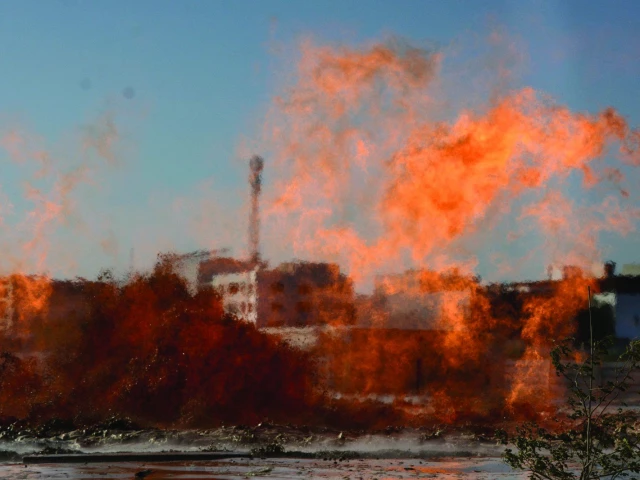
A geologist has expressed the possibility of large underground gas reserves in the Korangi Creek area, urging the need to extinguish the fire that has been burning for five days and initiate gas exploration activities at the site.
Associate Professor at the University of Karachi's Department of Geology, Dr Adnan Khan, told The Express Tribune that 56-year data from wells drilled in the Indus Delta region for oil and gas exploration, points to the potential presence of methane gas at the site where water boring led to gas emission and the outbreak of fire. He added that there is also a possibility of coal deposits at the site.
He further stated that the Korangi Creek area has 25 million-year-old layered rocks with natural water reserves beneath them. The drilling aimed to access these underground reserves, but the methane gas trapped within the rocks' fissures was released, causing a fire due to the increased temperature during drilling. The fire has continued to burn due to gas pressure.
Methane gas is flammable, with a flash point of -188 degrees Celsius. During the boring at Korangi Creek, the underground temperature rose to 30-40 degrees Celsius, which ignited the methane gas. According to experts, if 5-15% of methane mixes with air, it can become explosive. The current gas emission exceeds 15%, making precautionary measures imperative.
Methane gas can form underground through two processes. The first is the biological process, where microorganisms break down organic matter at shallow depths, producing methane gas over millions of years. The second process occurs at greater depths and higher temperatures, where hydrocarbons undergo cracking to form liquid hydrocarbons, which then transform into methane gas. Oil and gas exploration companies have reported potential hydrocarbon reserves in the Korangi Creek area, based on data collected from subsurface rocks.
A Chinese study, published in 2020, also identified the presence of gas and coal reserves in the Korangi Creek area, revealing that the area has three layers of rocks where gas reserves can be found. These rocks, known as Myosin, are 20-25 million-years-old and contain underground sweet water reserves and gas deposits. Beneath the Myosin rock layer, lie the Paleocene and Eocene rocks. The older the rocks, the more hydrocarbon reserves they contain. Drilling data from Korangi Creek and the Indus Delta revealed a high percentage of Total Organic Material (TOC), ranging from 3 to 3.5%, with a kerogen type III, indicating the promising possibility of methane gas reserves and coal seams.
A Chinese research group's four-year study on the Indus Delta found that oil and gas exploration activities near Karachi's coast were unsuccessful due to the absence of structural traps, which are rocks that prevent hydrocarbons from rising.
The research identified structural traps in Korangi Creek, along with faults and fractures, that allow gas to move upward. The recent gas emission in Korangi Creek suggests that the water boring process may have punctured a fracture, releasing trapped gas, which then rose to the surface due to high gas pressure. The increased temperature then ignited the gas, causing the fire.
Dr Adnan Khan stated that the authorities need to measure the gas pressure at the site to estimate the reserve, which requires extinguishing the fire with special chemicals and foams.
Dr Adnan Khan warned that the fire could continue for several weeks due to its intensity and gas pressure, urging relevant authorities to promptly address the issue. Though Methane dissipates into the atmosphere as carbon dioxide and moisture, the continuous emission of carbon dioxide from the fire poses potential hazardous risks to the surrounding population such as unconsciousness and fatalities.
Meanwhile, TPL Properties said in a statement that a pocket of underground gas was discovered during a preliminary site investigation near Korangi Creek.
According to the company, the discovery was made while drilling a test well for water exploration as part of ongoing development activities. Initial technical evaluations, along with independent insights from industry experts, suggest that the gas is likely shallow biogenic methane—a naturally occurring gas produced by the decomposition of organic material.
TPL Properties clarified that the area is not part of a known natural gas reservoir and, based on similar cases elsewhere, the gas is expected to dissipate naturally over time if the flame is allowed to burn.
The recent test is part of a wider set of studies conducted over the past two years to ensure responsible and well-planned development. These studies have been carried out in collaboration with leading national and international consultancy firms, the company said.
“Our assessments include geotechnical investigations, soil composition and contamination tests, Electrical Resistivity (ER) surveys, a comprehensive Environmental and Social Impact Assessment (ESIA), and other baseline studies,” the statement read.
TPL Properties noted that all field investigations—including the recent hydrological study—were conducted with the necessary approvals from relevant authorities and in full compliance with regulatory standards.
“We remain committed to maintaining the highest standards of transparency, safety, health, and sustainability in all our projects and will continue to provide regular updates as our assessments progress on this matter,” the company stated, adding that it appreciated the support and patience of the local community, regulatory bodies, and key stakeholders in managing what it described as an “unexpected yet potentially beneficial discovery.”

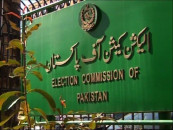
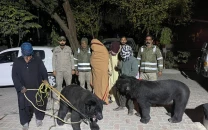





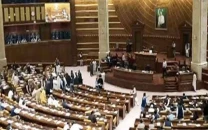
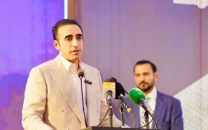



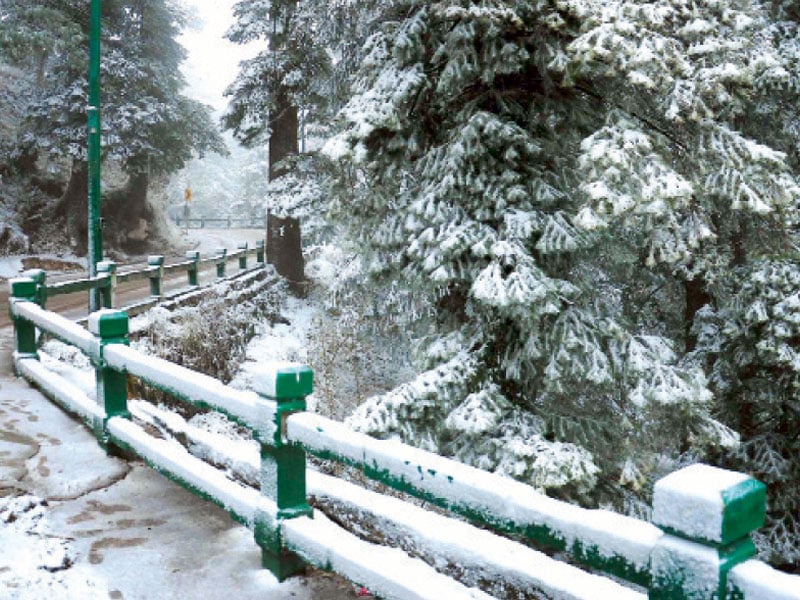

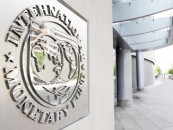






COMMENTS (1)
Comments are moderated and generally will be posted if they are on-topic and not abusive.
For more information, please see our Comments FAQ